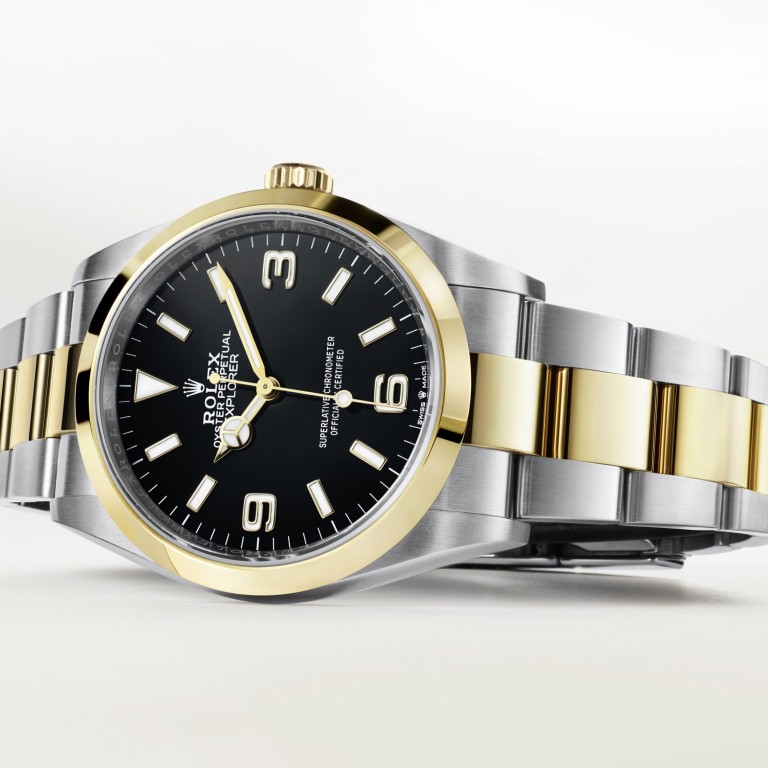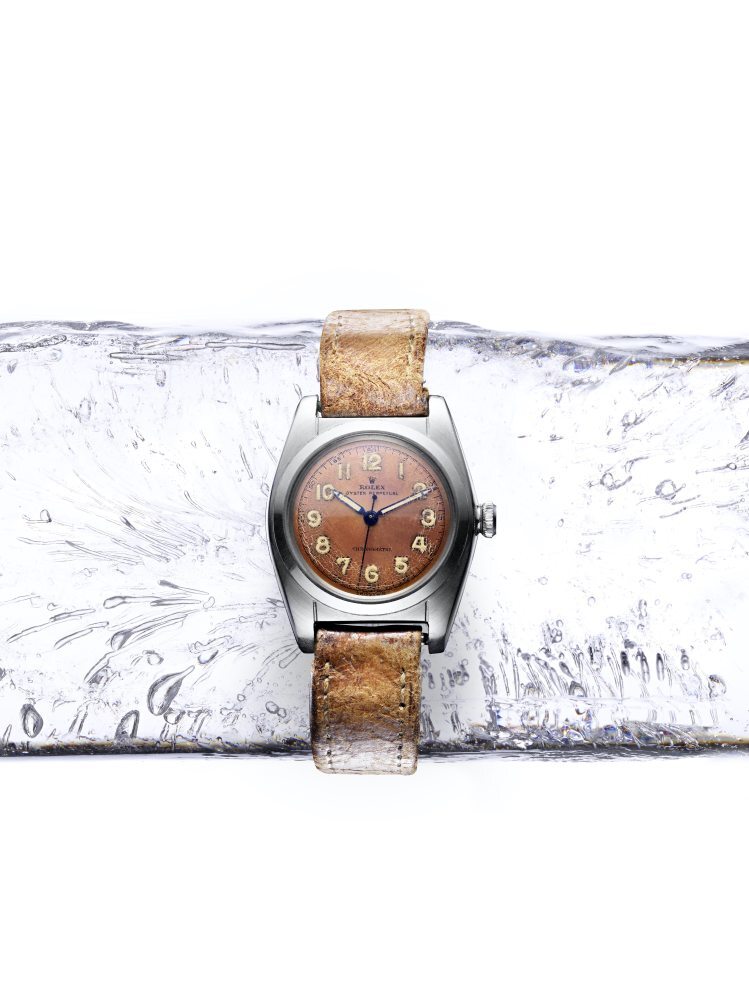
POST EDIT: New Rolex Oyster Perpetual Explorer is perfect for adventurers – it can survive some of the most extreme environments
- The first editions of the Rolex Explorer I were launched in 1953, after two mountaineers became the first to reach the summit of Mount Everest
- The 2021 Oyster Perpetual Explorer is waterproof to 100 metres, has improved Chromalight display and is made of a combination of 18-carat gold and Oystersteel
Designed using cutting-edge, new-generation technology, the latest Oyster Perpetual Explorer watch has been created to reflect Rolex’s dedication to exploration and discovery.
Rolex supported major Himalayan expeditions by providing adventurers with Oyster watches throughout the decade. The new Oyster Perpetual Explorer series showcases the Swiss brand’s long-standing commitment to use the world as a “laboratory” by placing its watches in extreme weather, from the highest peaks to remote polar regions, in a test of reliability.


The watch is fitted with a robust, three-piece link Oyster bracelet first developed by Rolex in the 1930s. The winding crown, the bezel and the centre links of the bracelet are in 18-carat gold, while the case and outer links are made of Oystersteel.
Equipped with the recently developed Perpetual Calibre 3230, the Explorer’s Oyster case is waterproof to a depth of 100 metres, delivering optimal protection that is essential for the watch’s movement. The case back is firmly attached using innovative tools to which only the finest Rolex watchmakers have access.
Rolex winners, Swatch losers after rough year for Swiss luxury watches
Another signature of the Oyster Perpetual Explorer is its improved Chromalight display, wherein the intense luminescent blue glow of the hour markers and hands ensures enduring legibility in the dark.
As with all Rolex watches, the Explorer bears the Superlative Chronometer certification, a guarantee of exceptional performance. This certification is further enhanced by the green seal that accompanies each Rolex timepiece, signifying that it has met exacting criteria in a series of comprehensive tests carried out in the brand’s laboratories.


The new watches in the Oyster Perpetual Explorer series come as Rolex’s partnership with the National Geographic Society grows ever stronger, with the two organisations working to support scientific research in some of the planet’s most extreme environments.

